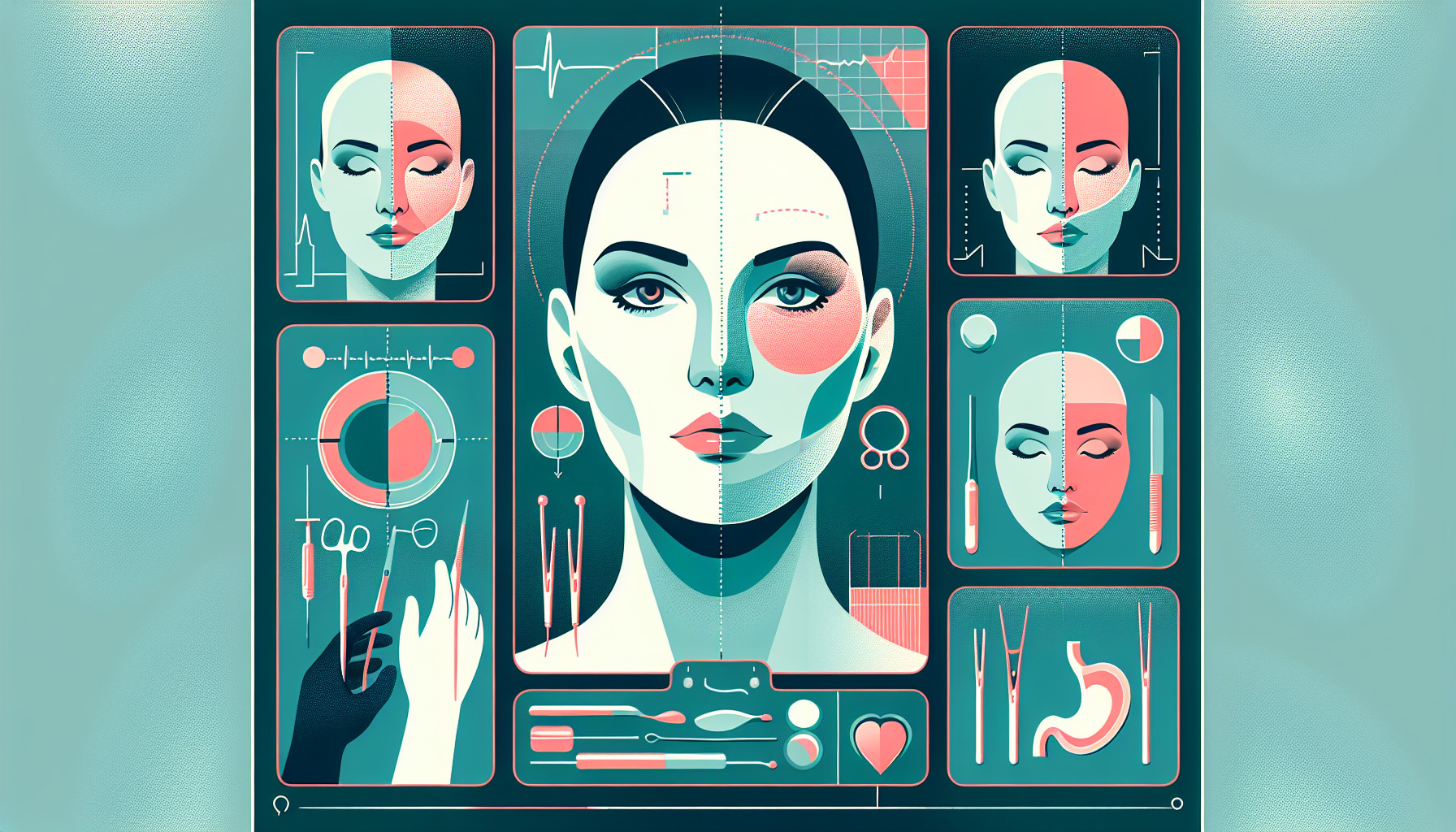Our Summary
The craniofacial complex, which includes blood vessels, nerves, bones, cartilages, muscles, ligaments, and teeth, plays a key role in functions like speaking, eating, and appearance. When there are defects in this complex, it can affect not only the physical structure and function of the face and jaw, but also potentially cause psychological issues. Therefore, we need to quickly and effectively reconstruct these tissues in a precise and aesthetically pleasing way. While the process of reconstruction shares similarities with other non-face related tissue repairs, rebuilding the craniofacial complex comes with unique challenges due to its intricate and unique 3D structure.
FAQs
- What is the craniofacial complex and what role does it play in the body?
- How can defects in the craniofacial complex affect an individual physically and psychologically?
- What are the unique challenges faced in reconstructing the craniofacial complex?
Doctor’s Tip
One helpful tip a doctor might tell a patient about craniofacial surgery is to follow post-operative care instructions closely to ensure proper healing and optimal results. This may include keeping the surgical area clean, avoiding certain activities that could put strain on the affected area, taking prescribed medications as directed, attending follow-up appointments, and following any dietary restrictions. It is important to communicate any concerns or changes in symptoms to your healthcare provider to address any potential complications promptly. Additionally, maintaining a healthy lifestyle and following any recommendations for physical therapy or rehabilitation can help support the healing process and improve outcomes.
Suitable For
Patients who may be recommended for craniofacial surgery include:
- Patients with congenital craniofacial anomalies, such as cleft lip and palate, craniosynostosis, and craniofacial microsomia.
- Patients with acquired craniofacial anomalies, such as trauma-related injuries, tumors, infections, and burns.
- Patients with facial asymmetry or deformities, such as jaw misalignment, facial bone fractures, or soft tissue deficiencies.
- Patients with craniofacial syndromes, such as Apert syndrome, Crouzon syndrome, or Treacher Collins syndrome.
- Patients with obstructive sleep apnea or other breathing difficulties related to craniofacial abnormalities.
- Patients with functional impairments, such as difficulty chewing, swallowing, or speaking due to craniofacial abnormalities.
- Patients with aesthetic concerns, such as dissatisfaction with their facial appearance or self-esteem issues related to their craniofacial features.
It is important for patients considering craniofacial surgery to consult with a multidisciplinary team of specialists, including plastic surgeons, oral and maxillofacial surgeons, otolaryngologists, orthodontists, and speech therapists, to determine the best treatment plan for their specific needs.
Timeline
Before craniofacial surgery, patients typically undergo a thorough consultation with a craniofacial surgeon to discuss their goals, expectations, and the surgical plan. This may involve imaging tests such as CT scans or MRIs to assess the extent of the defect or deformity. Patients may also meet with other members of the craniofacial team, such as orthodontists, speech therapists, and psychologists, to ensure a comprehensive approach to treatment.
During the surgery, the craniofacial surgeon will carefully reposition bones, tissues, and muscles to correct the defect or deformity. This may involve using bone grafts, implants, or tissue flaps to rebuild the structure of the face and jaw. The surgery can take several hours, depending on the complexity of the reconstruction.
After the surgery, patients will typically stay in the hospital for a few days to monitor for any complications and ensure proper healing. Pain medication and antibiotics may be prescribed to help manage discomfort and prevent infection. Patients will also be given instructions on how to care for their incisions and any surgical drains that may have been placed.
In the weeks and months following surgery, patients will have regular follow-up appointments with their craniofacial surgeon to monitor their progress and address any concerns. Physical therapy or speech therapy may be recommended to help improve function and mobility in the affected areas.
Overall, craniofacial surgery can greatly improve a patient’s quality of life by restoring function, improving appearance, and boosting self-confidence. It is important for patients to follow their surgeon’s post-operative instructions closely and be patient with the healing process, as full recovery can take several months.
What to Ask Your Doctor
What specific craniofacial condition do I have and how will the surgery address it?
What are the potential risks and complications associated with craniofacial surgery?
What is the expected outcome of the surgery in terms of function and appearance?
How long is the recovery period and what can I expect during the recovery process?
Will I need additional surgeries or treatments in the future?
What are the alternatives to craniofacial surgery and how do they compare in terms of effectiveness and outcomes?
Will I need to follow a specific post-operative care regimen or attend physical therapy?
How experienced are you in performing craniofacial surgeries and what is your success rate?
Are there any long-term effects or potential complications I should be aware of?
How will the surgery impact my daily activities, such as eating, speaking, and sleeping?
Reference
Authors: Zhang W, Yelick PC. Journal: Cold Spring Harb Perspect Med. 2018 Jan 2;8(1):a025775. doi: 10.1101/cshperspect.a025775. PMID: 28348178
